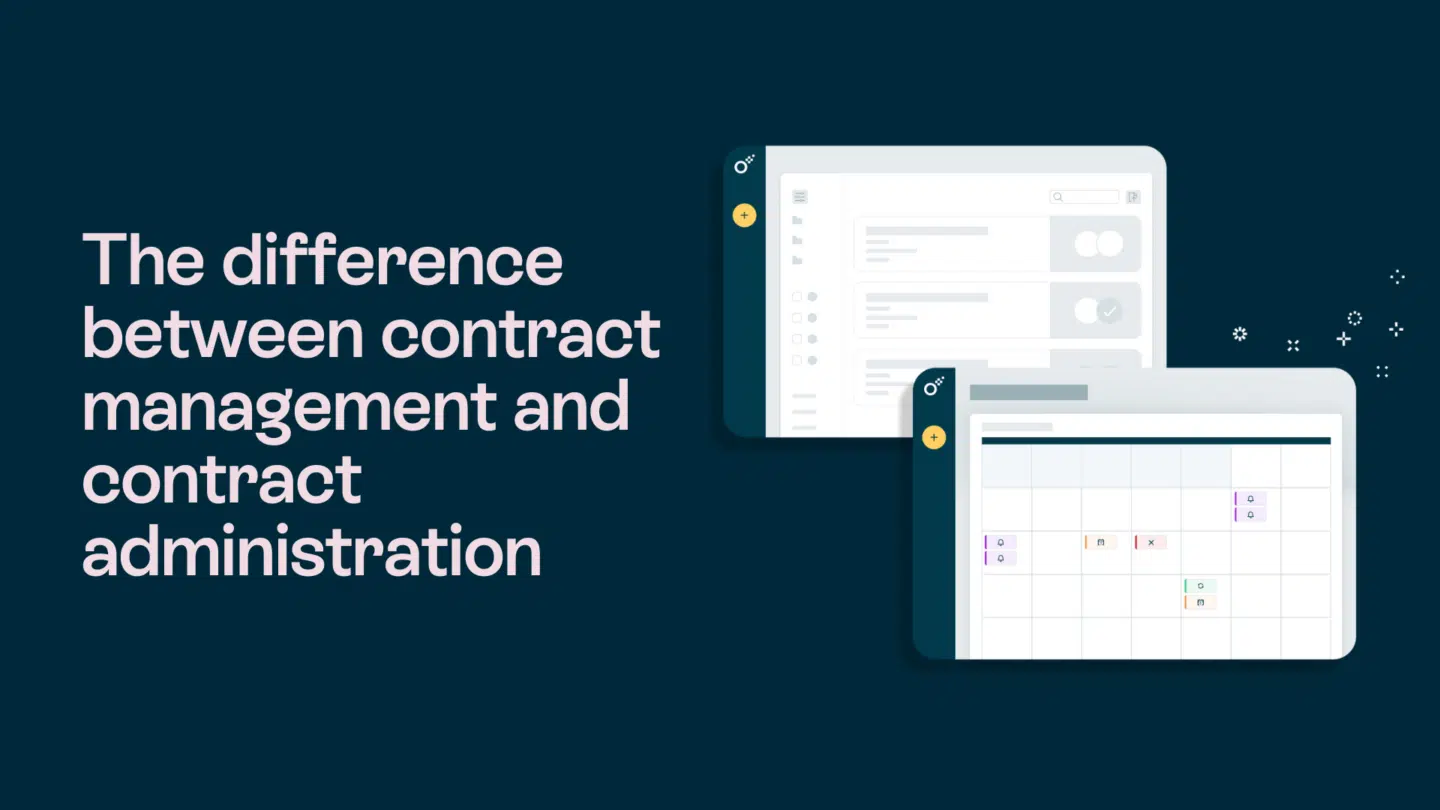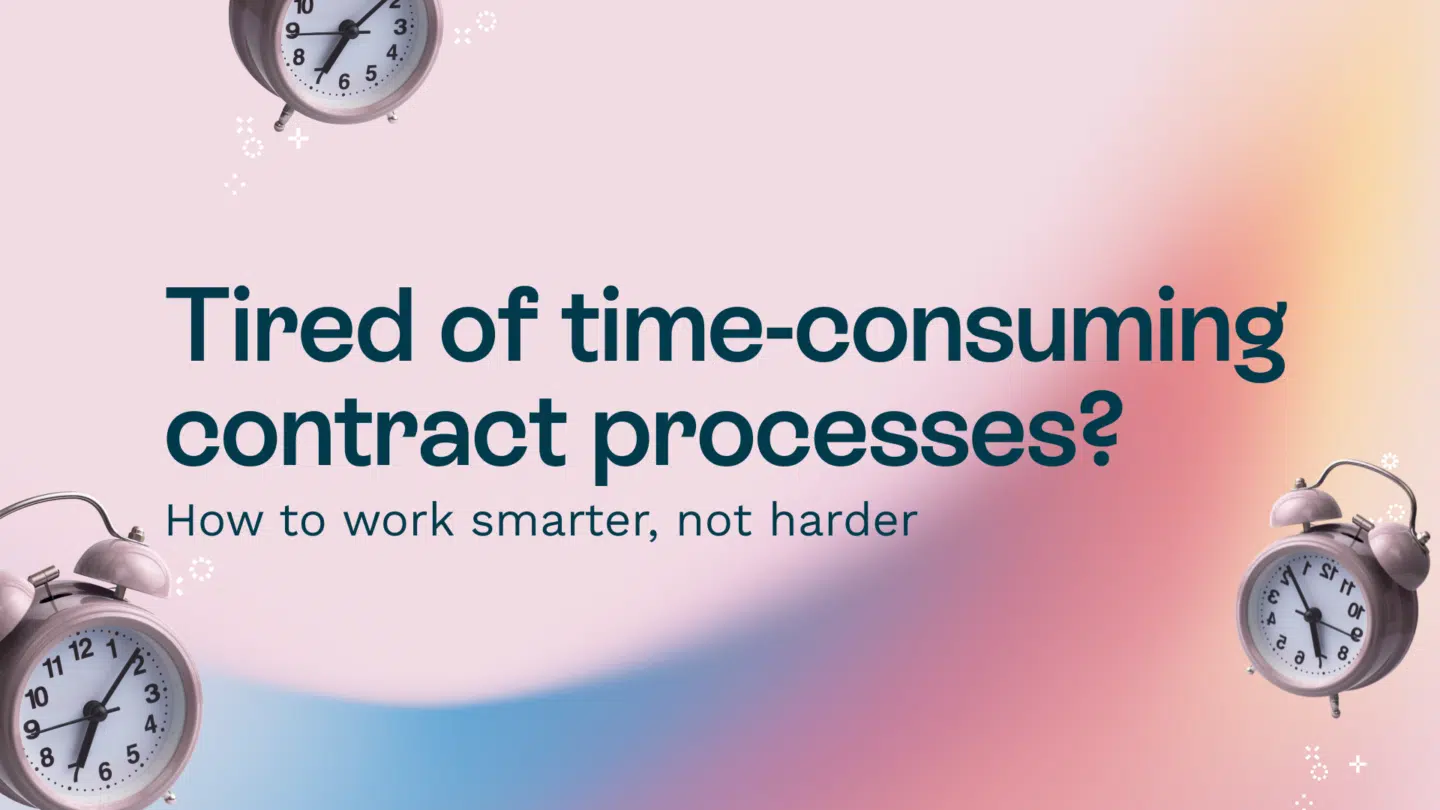Whether you are a business owner, a freelancer, or an individual entering into a personal agreement, you need a contract checklist. These ensure that your contracts are comprehensive and legally binding, making them invaluable. A contract checklist acts as a safeguard, ensuring that all essential elements are included and potential risks are mitigated.
In this article, we will delve into what a contract checklist is, why it’s important, and provide you with detailed guidance on what to include in your contract checklist. Through using a contract checklist, you can create, review, and sign contracts with confidence, minimizing risks and fostering clear, legally-binding agreements.
What is a contract checklist?
A contract checklist is a detailed list of elements and considerations that need to be addressed when drafting, reviewing, or signing a contract that helps you avoid mistakes. This tool ensures that all necessary components are included, legal requirements are met, and potential risks are identified and mitigated. A comprehensive contract checklist can prevent misunderstandings and disputes, making it an essential resource for anyone involved in contractual agreements.
Read also: What is contract management?

Why are these important?
Contract checklists are crucial for several reasons. Firstly, they ensure completeness by covering all necessary elements of a contract. Secondly, they enhance clarity by organizing the terms and conditions in a structured manner. Thirdly, they help in identifying potential risks and ambiguities that could lead to disputes. By using a contract checklist, businesses and individuals can save time and resources by avoiding legal issues and ensuring that their agreements are legally binding and enforceable.
What should be included in a contract checklist?
To ensure that a contract is valid and enforceable, the following checklist should be used:
- Offer and Acceptance: There must be a clear offer by one party and an unambiguous acceptance by the other.
- Consideration: Each party must provide something of value in exchange for what is being offered by the other party.
- Intention to Create Legal Relations: Both parties must intend for the contract to have legal consequences.
- Capacity: All parties must have the legal capacity to enter into the contract.
- Legality of Purpose: The contract’s purpose must be legal and not against public policy.
- Certainty and Possibility of Performance: The terms of the contract must be clear, certain, and possible to perform.
Read also: 15 tools for hybrid work you can’t live without

What are the 5 essential parts of a contract?
The five essential elements of a contract, which must be present for it to be legally binding, include:
- Offer: A proposal by one party to enter into a legally binding agreement.
- Acceptance: The unconditional agreement to the terms of the offer by the other party.
- Consideration: Something of value exchanged between the parties.
- Mutual Consent: Both parties must mutually agree to the terms and conditions.
- Legality: The contract’s terms and purpose must be legal.
What are the 4 basic elements of a contract?
The four basics of a contract are:
- Agreement: Comprising an offer and acceptance.
- Consideration: Something of value exchanged between the parties.
- Contractual Capacity: Parties must have the capacity to enter into a contract.
- Lawful Object: The contract’s purpose must be legal.
How should you use a contract checklist?
When reviewing or creating a contract, a checklist should be used as follows:
- Initial Review: Start with a preliminary review of the contract using the checklist to ensure all basic elements are present.
- Detailed Examination: Go through each item on the contract checklist in detail, verifying that each element is adequately addressed.
- Risk Assessment: Identify any potential risks or ambiguities and ensure that they are resolved or mitigated.
- Compliance Check: Ensure the contract complies with relevant laws and regulations.
- Final Review: Perform a final review using the contract checklist to confirm that all issues have been addressed and the contract is ready for signing.
Using a contract checklist is essential for creating legally sound and enforceable contracts. This step-by-step approach ensures that all critical elements are considered and helps in preventing legal disputes and misunderstandings.
The key takeaways
By understanding and utilizing a contract checklist, individuals and businesses can create, review, and execute contracts with confidence. It’s indispensable for ensuring that all agreements are comprehensive, clear, and legally binding.







